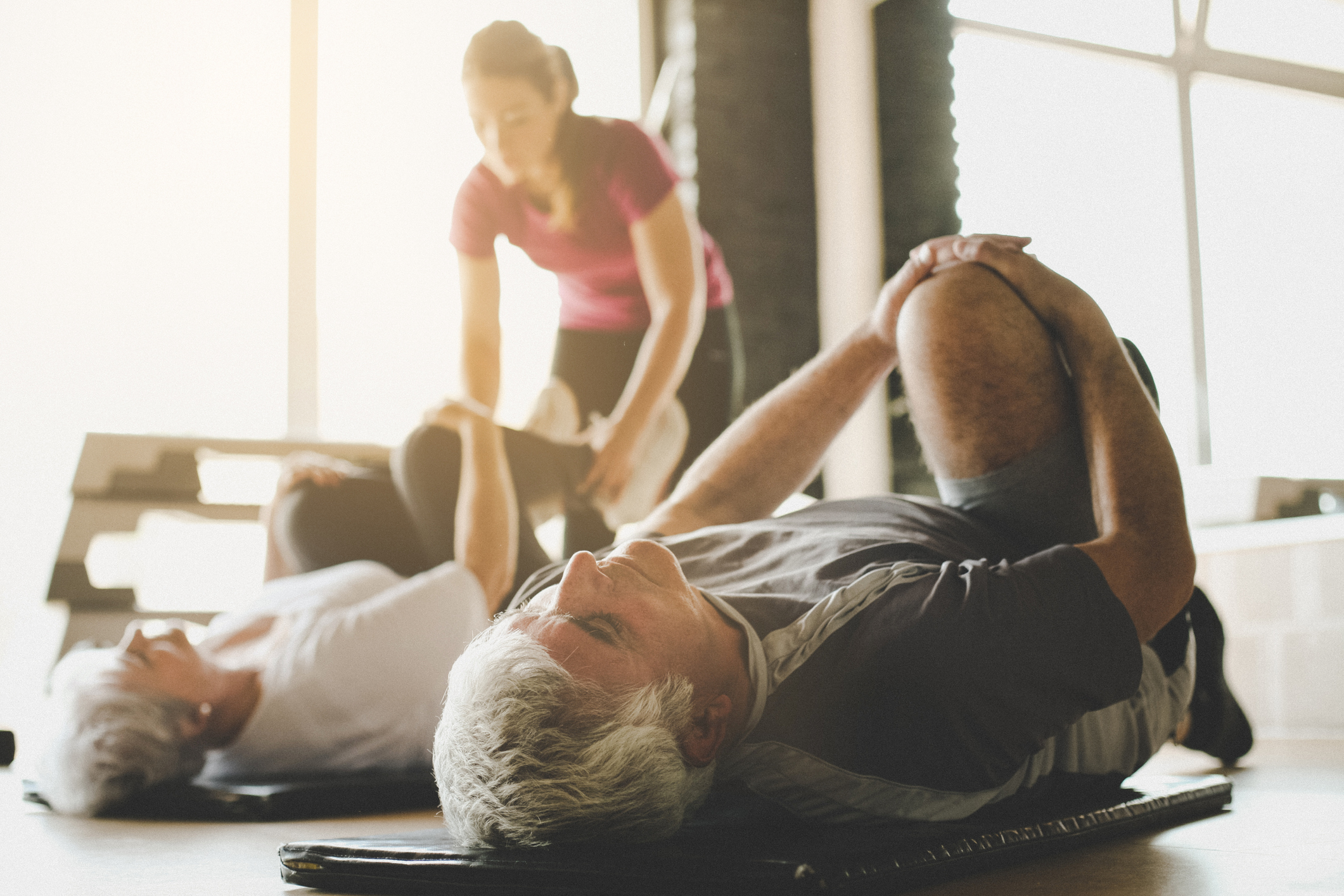As anyone who has participated in sports, dance or other demanding physical activities knows, stretching before and after training can help prevent injuries and soreness. And as we get older, stretching can work out the kinks and keep us more flexible and mobile. Recently, assisted stretching services have gained popularity, helping people recover from too much time spent in a car, on a plane or at a desk as well as following strenuous activity.
What is the difference between getting a massage and working with a trained stretch therapist? An assisted stretch session can help promote flexibility, increase range of motion and relieve tightness and discomfort. Yoga, massage therapy or chiropractic treatment can all help with sore muscles, stiffness and joint mobility but for people who still find they have chronic tension, a “flexologist” may be able to help provide relief.
This latest fitness trend to help recover after training or promote flexibility, is popping up with franchises like Stretch Lab, across the United States and in massage therapy clinics. Whatever the location, be sure the therapist or trainer has been fully trained under the supervision of a professional like a physical therapist, chiropractor or physician. Group stretch classes are also being offered in many clubs and studios to help members really stretch after a hard work-out or the lingering effects of travel.
Whether you receive a 1-on-1 stretch session or participate in a group class, it’s always important to communicate, listen to your body and not push to the point of pain. Passive stretching allows the rest of the body to relax while going deeper into stretching out a certain muscle or muscle group. Continuing with stretching exercises at home can help extend the benefits of an assistive stretching session. And an important reminder – a stretching class or individual service should never replace rehabilitation or physical therapy following injury or surgery.
For flexibility exercises you can do at home to promote mobility and recovery, check out this YouTube video from the National Institute on Aging.






Add Your Voice
0 Comments
Join the Discussion